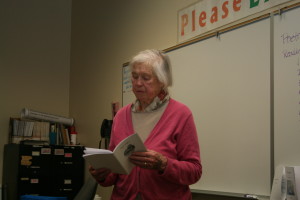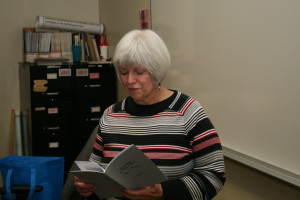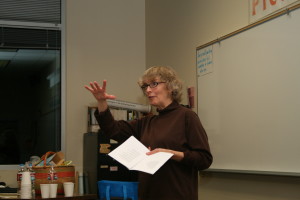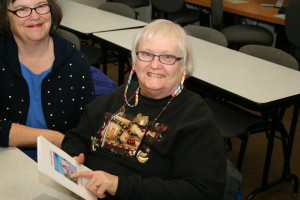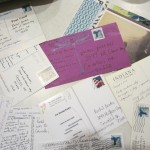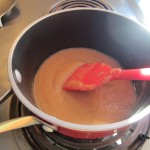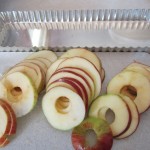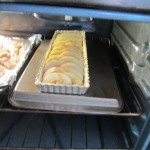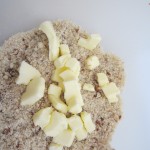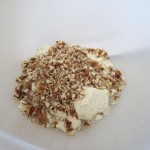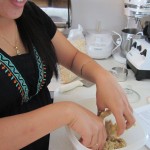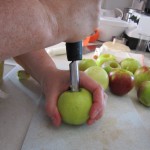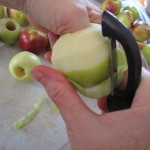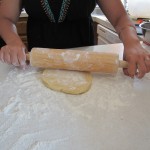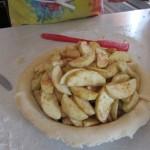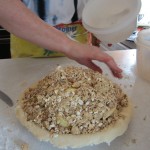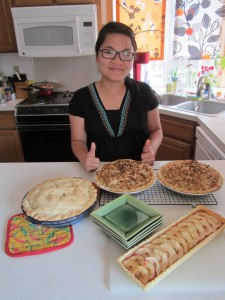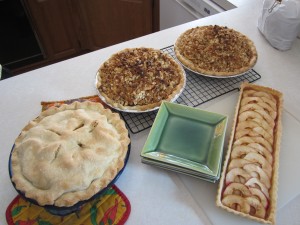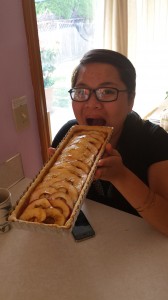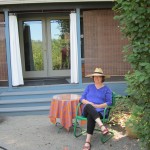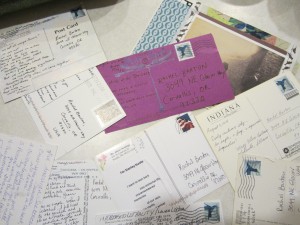Jacob’s Ladder, Rachel Barton’s delightful new collection of poems, contemplates a wide range of topics though precise, nuanced language that is both disciplined and highly imaginative. Whether describing a summer garden or a museum display, an imaginary lunch with her editor or the physical and emotional isolation of Covid-19, the poet brightens even the darkest corners of her musings with a hard-earned sense of humor. In her deeply-moving memory poems about her family, the reader is given a clear-eyed glimpse of how the past shapes the future, and how a writer returns again and again to her craft to find a path forward: poetry as salvation. Then, to drive home that point, the poet pays homage to numerous literary influences—from Robert Creeley to Joy Harjo, Tolstoy to Peter Sears—who have helped pave her way. If you, like me, appreciate poetry that stimulates both the heart and the mind, do yourself a favor and buy this excellent book.
Tim Applegate, author of Blueprints and Fever Tree
Jacob’s Ladder
The poetry in Rachel Barton’s latest book, Jacob’s Ladder, takes the reader, rung-by-rung, up into a not-so everyday world of wonder. It’s as if the poet views even the most mundane as an opportunity for reverence and pleasure. With incandescent phrases many of these often prose poems—lead to home. Barton explores her surroundings with equal attention to nature as to human relationships. Cascade mountains embrace, corn silk whispers, jeweled mounds of pomegranates stain sticky fingers, and hummingbirds emit a heavy low hum.
The first poem, also titled, “Jacob’s Ladder,” provides an outline of what’s in store for the reader in this full-length collection; the section heads offer clues for the poet’s areas of exploration—
1. From the Dahlia Diaries: (gardening and nature)
2. Altered States: (personal disclosures)
3. Somewhere in Santa Fe: (fellow travelers)
4. Phone call from Snake Hill: (family foibles)
5. All roads lead to home: (the comfort of home)
Early on in the collection, the poem, “The Cloud People,” dwells on a mystical reverie about clouds—
the Cloud People stride boldly down the mountainside to walk the valley floor. We continue through the blanket of fog which opens and closes again.
“A Collected Consciousness”—in a tercet poem, similar in content to a cento, Rachel combines the philosophies of three famous poets, Mary Oliver, John Ashbery, and Jo Harjo before settling on her own conclusion—
as I grow older—our world collapsing in on itself
with a joyful cacophony,
a riot of color.
In the poem, “House-on-Fire,” Rachel explores her past and comes to terms with her present in three compelling sections.
Initially, describing the strength and originality of her character, she declares, I’m just a hyphen kind of girl. / I break in two what might be whole.
In the second segment, reflecting on her childhood, the internal landscape of the mind, Books opening into other worlds or into the murky / underpinnings of the human psyche. Her intellectual curiosity protects her from a somewhat chaotic environment—empty storefronts, broken windows, / tainted water, and too few trees to get lost in.
In the third stanza, as an adult, the poet settles in the Pacific Northwest. Here, amid lush bio-diversity, she gives the reader a warning about the catastrophe of global warming:
Sea level rises. Floods, fire, and grief
consume the geography of our earlier lives
or yesterday. We don’t have time
for the five stages; the winds have shifted.
Quickly now, the past is a ghost we can carry.
The second group of poems, titled simply, two, reads like series of poetic journal entries. What does it mean—To be in a body, to feel aches and pains?
Others, like the remnants of a disturbing dream
in which you are being chased by yourself
as a very hairy, long-armed gorilla, fade into
daily activity when you wake: hello, it’s me—
you don’t feel so bulky, your arms, once again,
as properly proportioned as a Michelangelo.
The poet discusses the effects of COVID, parenthood, a glut of chocolate, back pain, chores, nightmares, exhaustion, and aging. This often-described landscape enthralls with gleaming images and startling revelations.
5. I sleep in a dream of house on fire, grey smoke out every window
and my children, in grey clothes under grey blankets, slow to rally.
I nudge them in alarm. The time is now! I say. But sleep
holds them fast. Couldn’t we just sleep a little longer? Their inert
bodies seem to say. Sleep is so delicious and we’re really tired.
I don’t see flames but the smoke is all around us—are we prepared?
Comfort, such a sweet habit, the great seduction. I’m going to wake up
before I know how this turns out.
Section three brings the subject of womanhood to the fore. As the heroine of her own narrative Rachel delves into what it means to be surrounded by domesticity and all the trappings of family, to be a caretaker and nurturer and yet have time and energy for reflection and exploration. In a quiet voice these poems reveal the value of a well-lived life. She considers sorting, gardening, vacuuming as well as the pitfalls of being a young woman unwilling to be ensnared by unwelcome advances—
He wore a very long hand-knit scarf and
attempted to loop one end around my neck, as if to take possession.
That was it for me. I ran.
Rachel is an editor as well as a writer, as such; she finds herself editing—her life, her garden, and her family history. And in the poem, “Possible Evidence of Our Inter-Dimensionality,” she allows herself to dream:
A breeze rustles overhead
mellowing the late summer heat
which makes me sweat
even sitting quietly at my office desk
Who knows what slipstream might open—
what portal might appear?
And what artifact shall I leave behind?
The poetry in this section is also filled with portals of nature. Artichokes, blackroot, burdock, and seven-foot tall roses, cause the poet to write:
creek-side a rush of snowmelt highwater
green-gold moss glow a sweater to leafless limbs
and
Later, in the quiet of evening,
when I might surrender to the couch’s invitation,
the bouquet’s riot of color challenges me,
provokes me with its arresting beauty—
I’ve got to get up and make some noise.
Included in section four you may read a tantalizing prose poem, “Tolstoy at the Deli.”What a challenge for the poet! This full-page poem is contained within a single sentence.
Two of the poems in this section, “If the Fox Went Out” and “Because He Made Me Do It,” delight the reader with rhyme.
When you come back, the red tail of your hair
will swish through the air like the scarf that you wear.
But will I be there? Who else has come inside?
In section five, Rachel gives us eleven poems rich in symbolism that explore the writer’s philosophy. The poem “All in White” ponders an evanescent other side—Thank you for inviting me to visit:
Last night I hung out with the dead for a while and felt right
at home. You were there enjoying the party which was quite
a circus, though all in white.
The radiant ultimate poem of the collection, “While He is Away,” is a self-portrait of the poet-in-solitude. While moss gathers in a scurry of small green rounds, the day begins with rain and, as she plays games of solitaire, jays make their nest in the arbor vitae, and receipts accumulate:
- Moss gathers in a scurry of small green rounds like
velvet, crowds to the edge of the roof, a few mounds still
tumbling down from the peak in a prolonged stop-action.
In their universe they may be moving quickly. I wonder
what they have come to show me, what they have come
to say? And is it wrong to take comfort in their shape
and color, in a texture that I long to touch?
Reviewer Bio:
Dale Champlin is an Oregon poet with an MFA in fine art. Many of her poems have appeared in The Opiate, Timberline Review, VoiceCatcher, Pif, and CatheXis. She is the editor of /pãn| dé | mïk / 2020: An Anthology of Pandemic Poems from the Oregon Poetry Association. Dale’s poetry collections are: The Barbie Diaries, Callie Comes of Age, Cirque Press 2021, Isadora, and Andromina: A Stranger in America. Medusa, an illustrated collection, is forthcoming.
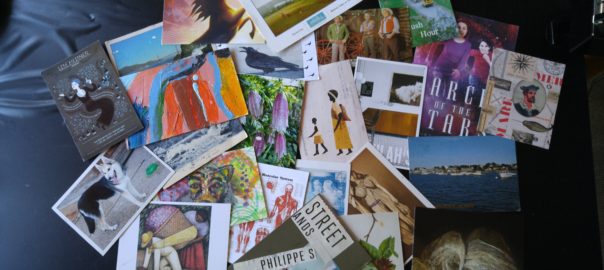
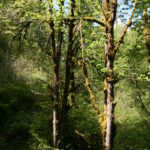
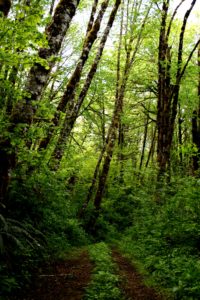
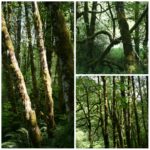
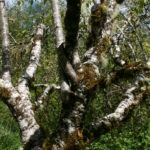
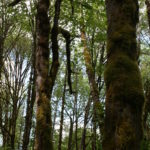
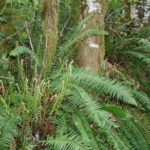
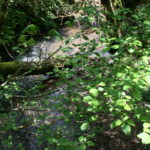
 from my brain in 7-11 Big Gulps, and the promise of Sostice only a week away, I wonder will I muddle through my pile of mending before the new year? What about the sister collages waiting for edges?
from my brain in 7-11 Big Gulps, and the promise of Sostice only a week away, I wonder will I muddle through my pile of mending before the new year? What about the sister collages waiting for edges?